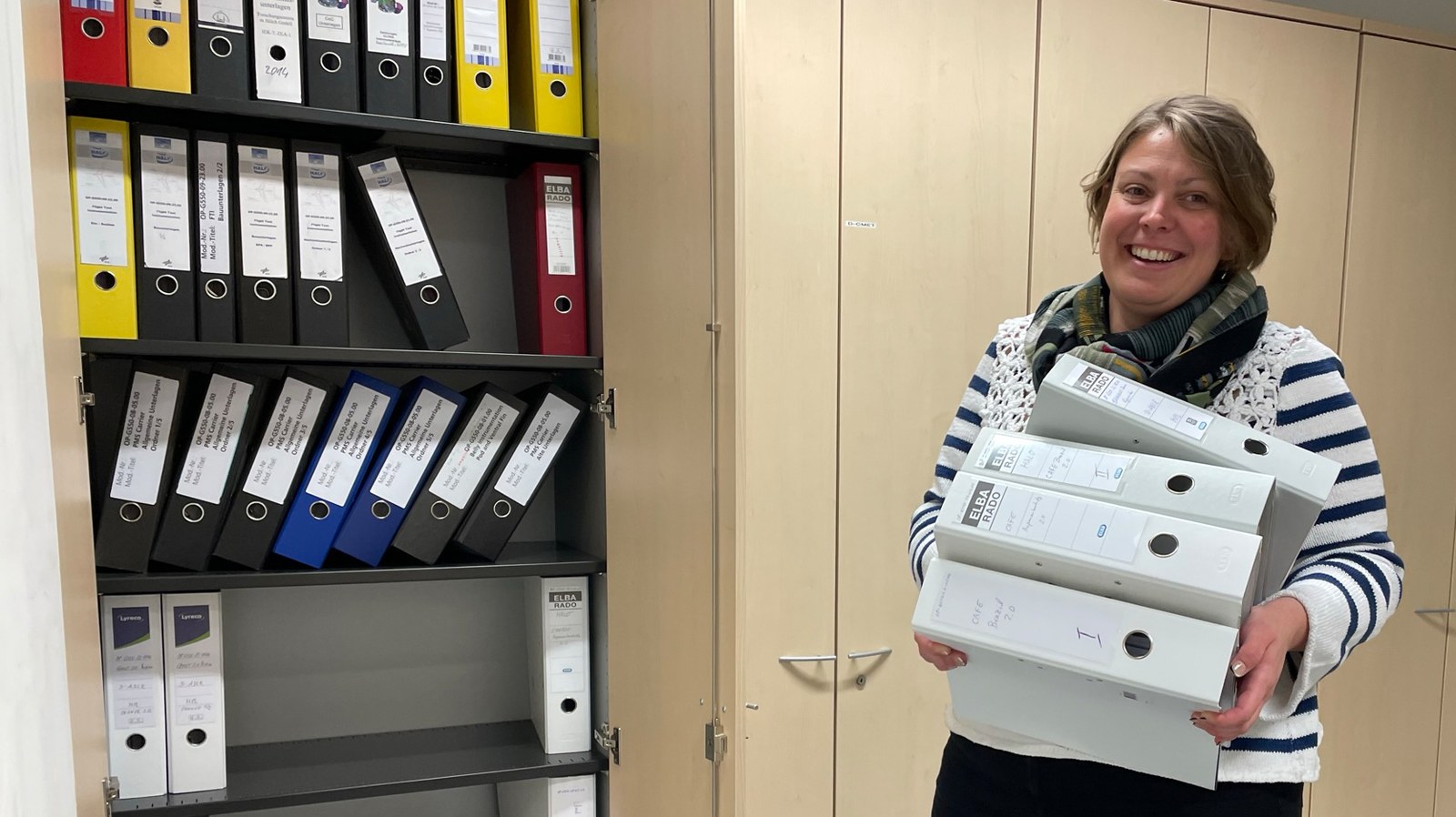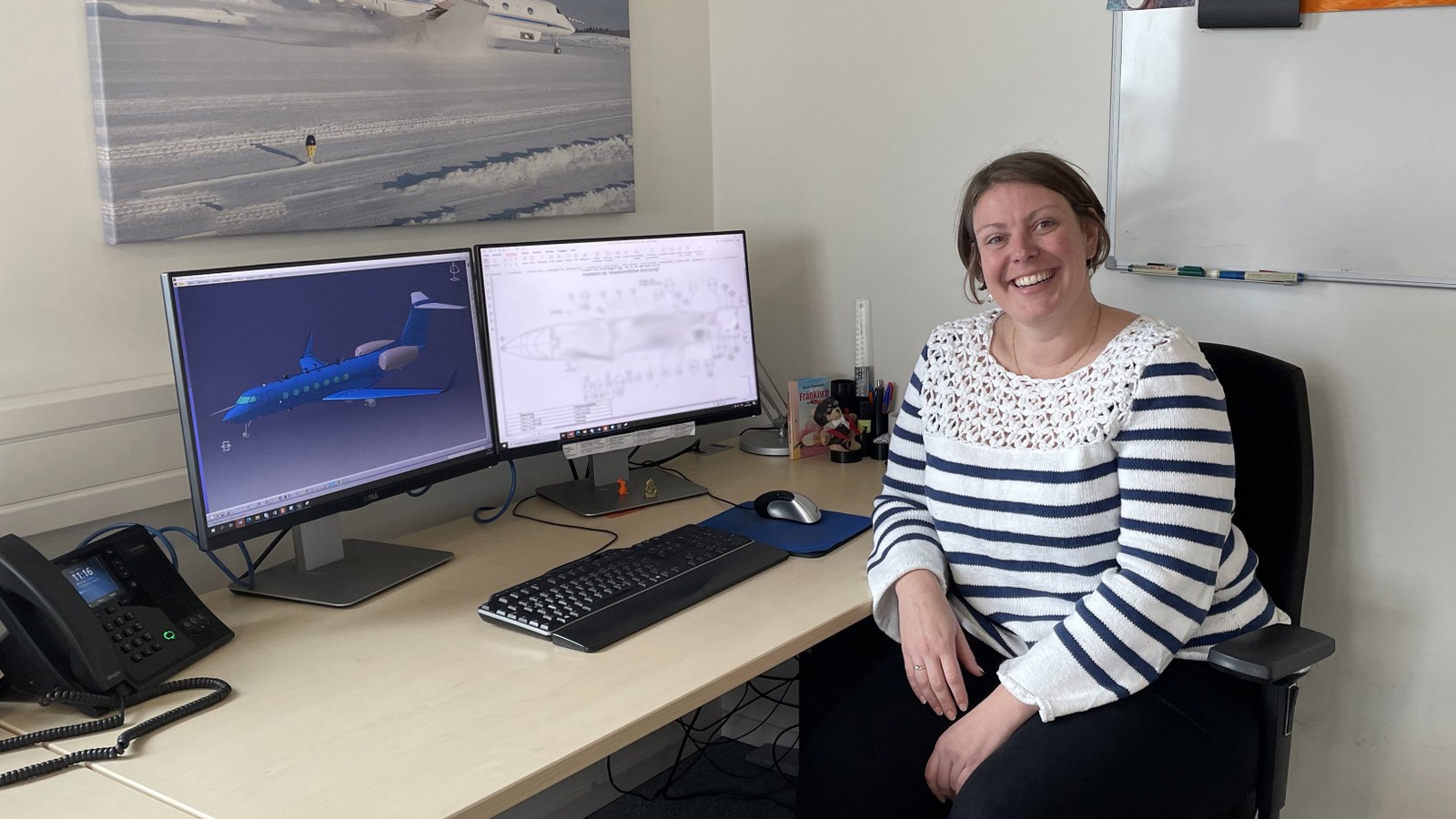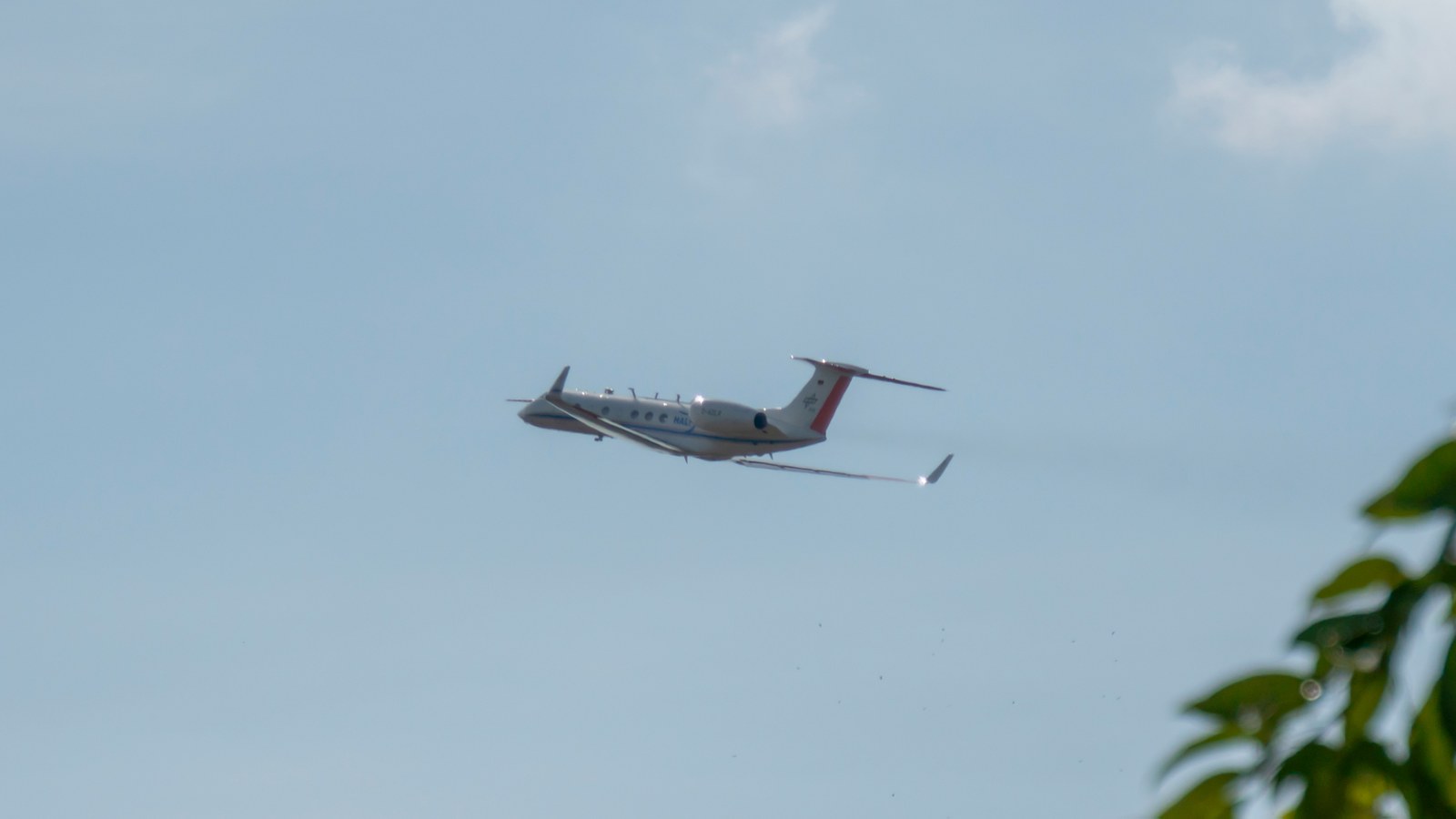Checking HALO to fly safely over Brazil's rainforest

Sandrine Battesti knows the position of every seat, rack and instrument installed in the HALO research aircraft as it circles over the Amazon rainforest on measurement flights for the CAFE-Brazil climate campaign. She knows every intake and every exhaust that flushes the outside air through the scientists' instruments and every modification made to equip HALO for this campaign. Every aspect of HALO's structure and cabin safety has passed over the desk of this “compliance verification" engineer, who meticulously checks the tests and evidence of her colleagues so that approval can be granted for every single change made to the aircraft. DLR is a “Design Organisation” recognised by the German Federal Aviation Authority and EASA (European Union Aviation Safety Agency). As such, it is allowed to develop modifications to its own fleet and approve them after legally prescribed type tests. For the engineer, this means five folders of documents and an aircraft in the air, currently researching air pollution and the role of the rainforest in Earth’s systems over the Amazon.
The right to say no at any time

Some might describe Sandrine Battesti as rather pedantic, someone who follows the rules to the letter and fills out reams of paperwork. However, she is also the one who, by signing these documents, takes responsibility for ensuring the safety of the aircraft and its passengers to the best of her knowledge. "I make myself liable," she says. "There's also a psychological aspect to it." Because of this part of the job, employees like Sandrine receive specific training on this responsibility: "I know that I can always say ‘no’ and indeed, I must say 'no' if I don't feel good about something - the key is to say no and change it." This is not only her right, but also her duty as an auditor.
Sometimes, she says, the processes are cumbersome and the paperwork painstakingly thorough - but she knows that these detailed mandatory procedures make sense. "For example, when several racks and some passenger seats are installed in HALO, the Design Organisation has to check whether the floor in the aircraft will hold this equipment in the event of vibrations, strong gusts of wind or, in the worst case scenario, a crash." The interaction of all instruments with each other and with the aircraft must be such that there is no mutual interference. The location of the campaign is also significant: "The climate in Brazil is warm and humid, so any modifications to HALO must not result in excessively high cabin temperatures for the pilots or the instruments, for example. For flights in other regions, more life jackets or more oxygen must be on board." For both cabin safety and the aircraft’s structure, there are lots of calculations, test results and installation instructions that colleagues from the Design Department prepare and which the 36-year-old then checks. "We always work according to the dual control principle."
Checking, developing, planning

Sandrine’s tasks in the Design Department of the Flight Experiments facility change from project to project. In the CAFE-Brazil climate campaign with HALO, she is the one who checks and approves aircraft structure and cabin safety. On other projects, she develops, calculates and tests installations and conversions as a structural engineer, and her results are reviewed by her colleagues. Currently, she is the lead design engineer for a planned deployment of DLR’s Cessna research aircraft, planning procedures and task distribution. What makes her work at DLR so special? "The aircraft and its crew are practically next door. I can take measurements directly on the aircraft, talk to the pilots and get feedback from the mechanics. You don't usually have this level of access to all the other professions involved in aviation."
Sandrine has been working at DLR since 2017. Before joining the organisation, she studied mechanical engineering then worked for an aircraft component manufacturer, where she was responsible for structural calculations for the baggage storage system in A350 aircraft. "When I took a flight for my last holiday, I actually saw something that I had developed myself - it was the first time that had happened and I was as excited as a little kid." For the HALO campaign, Sandrine has to be content with the pictures and reports that colleagues send back from Brazil, because she is never on site during the actual flight campaigns. The HALO campaign currently under way landed on her desk in February 2022. As soon as the aircraft rolls out of the hangar at DLR Oberpfaffenhofen and takes off on its mission, her job is done. So when HALO lands safely back at the DLR site, Sandrine will already be hard at work on another project with another DLR research aircraft. "No sooner than I finish one campaign, another one begins," she says.
Tags:
